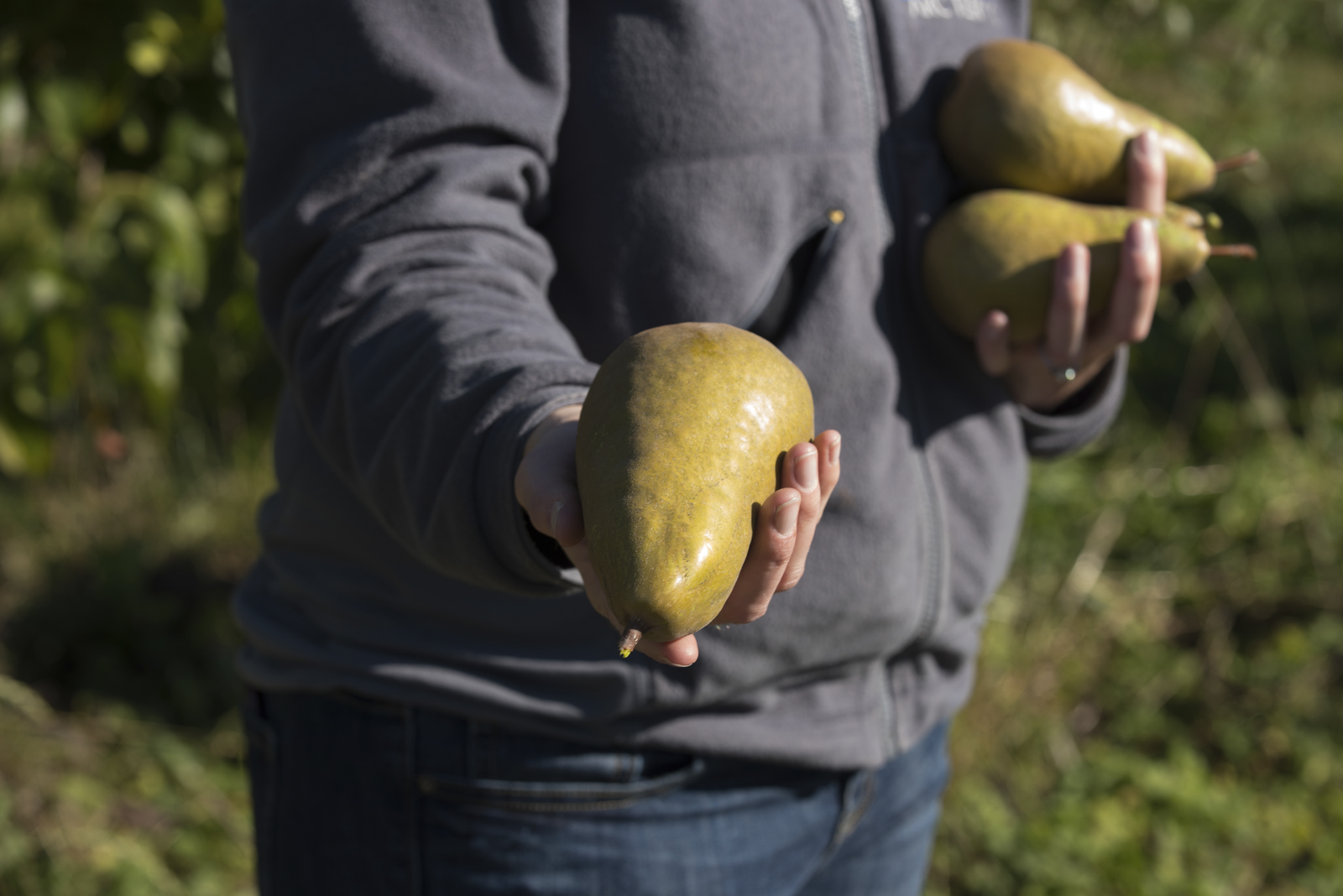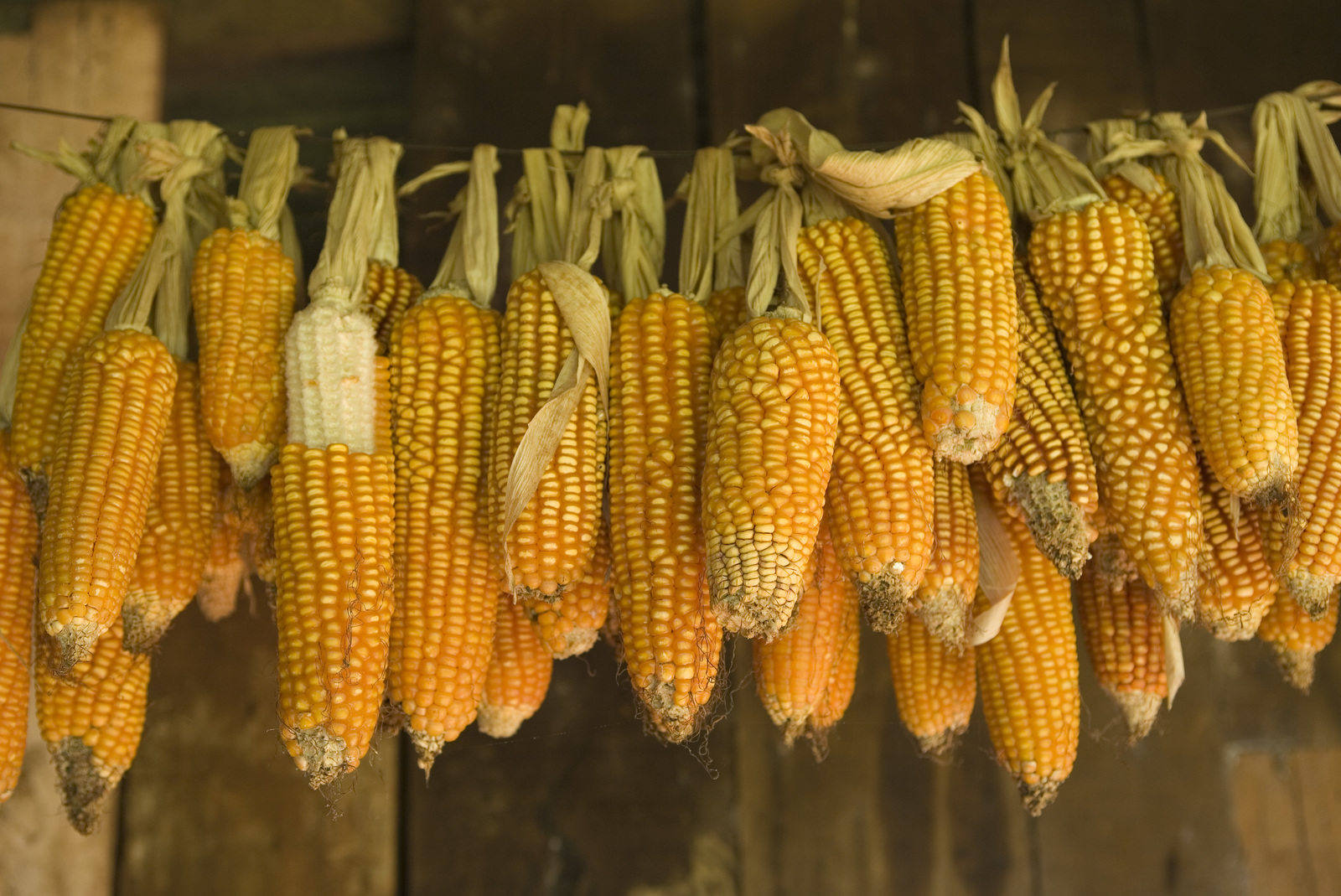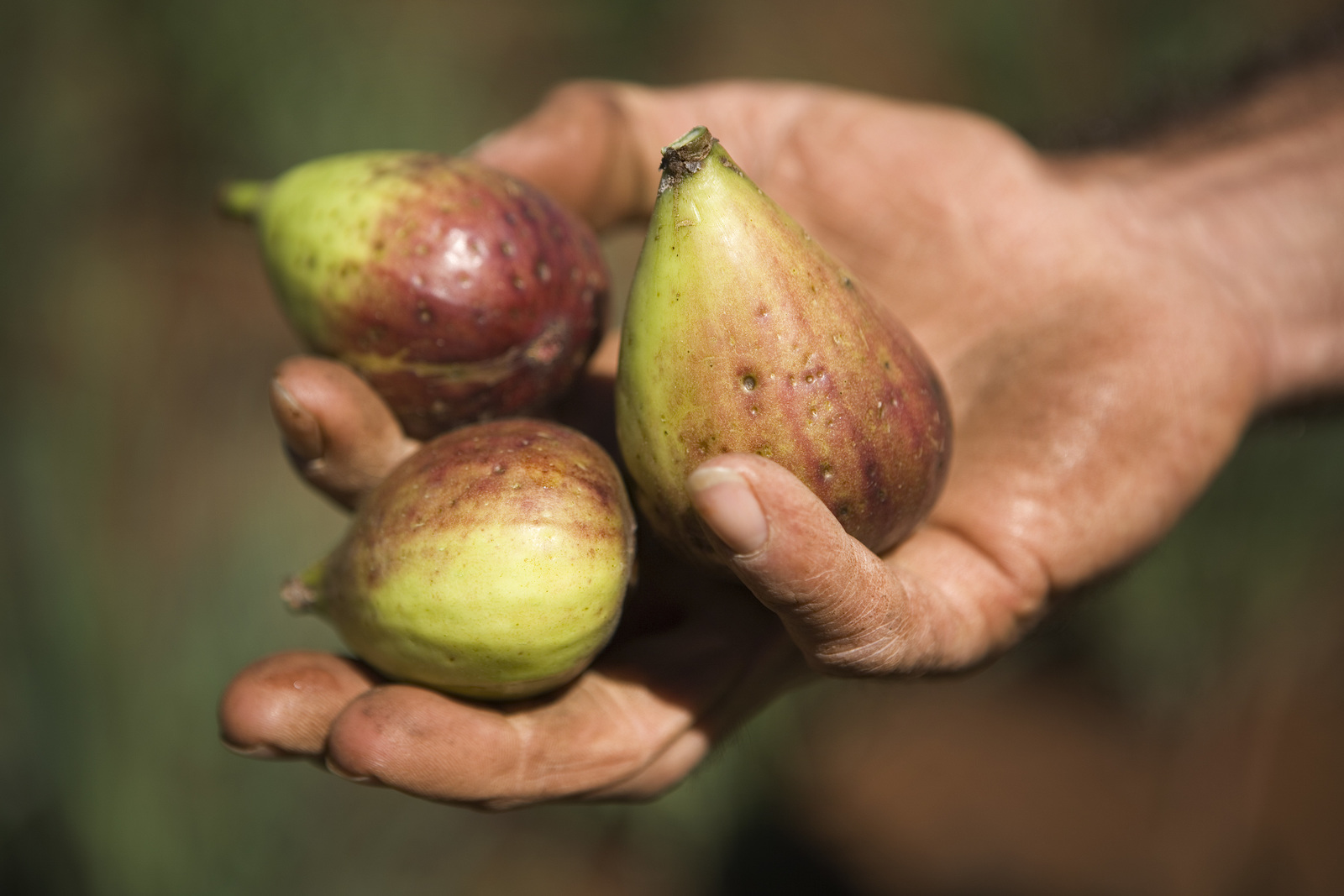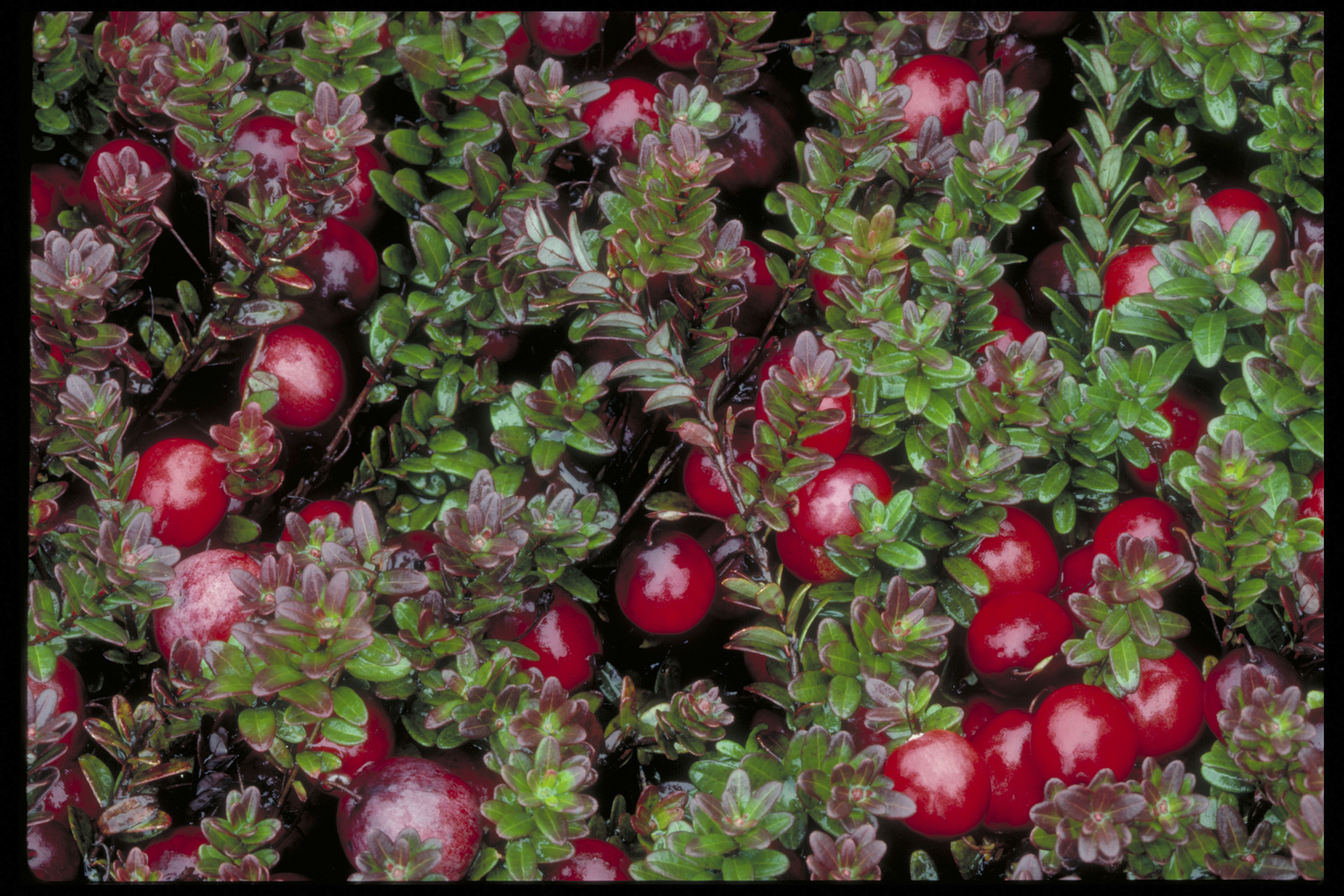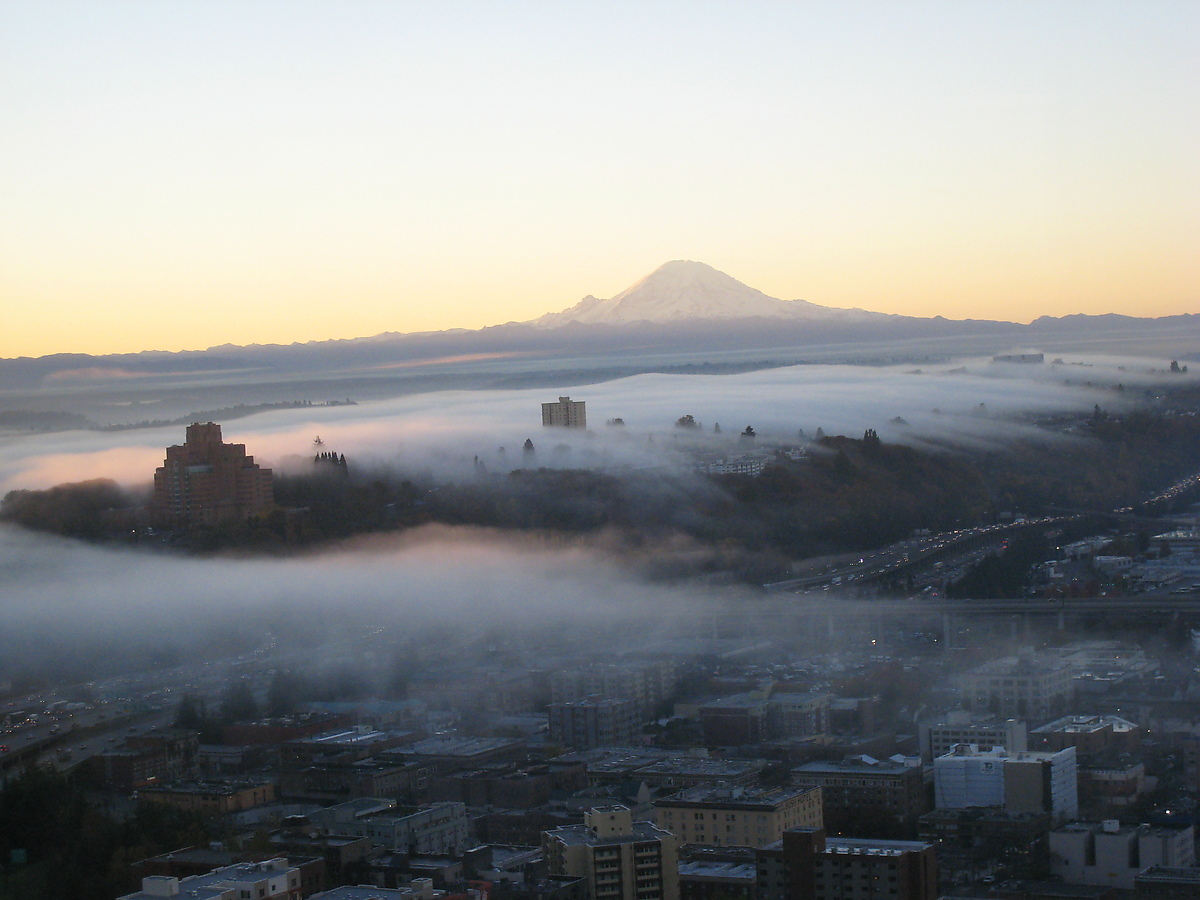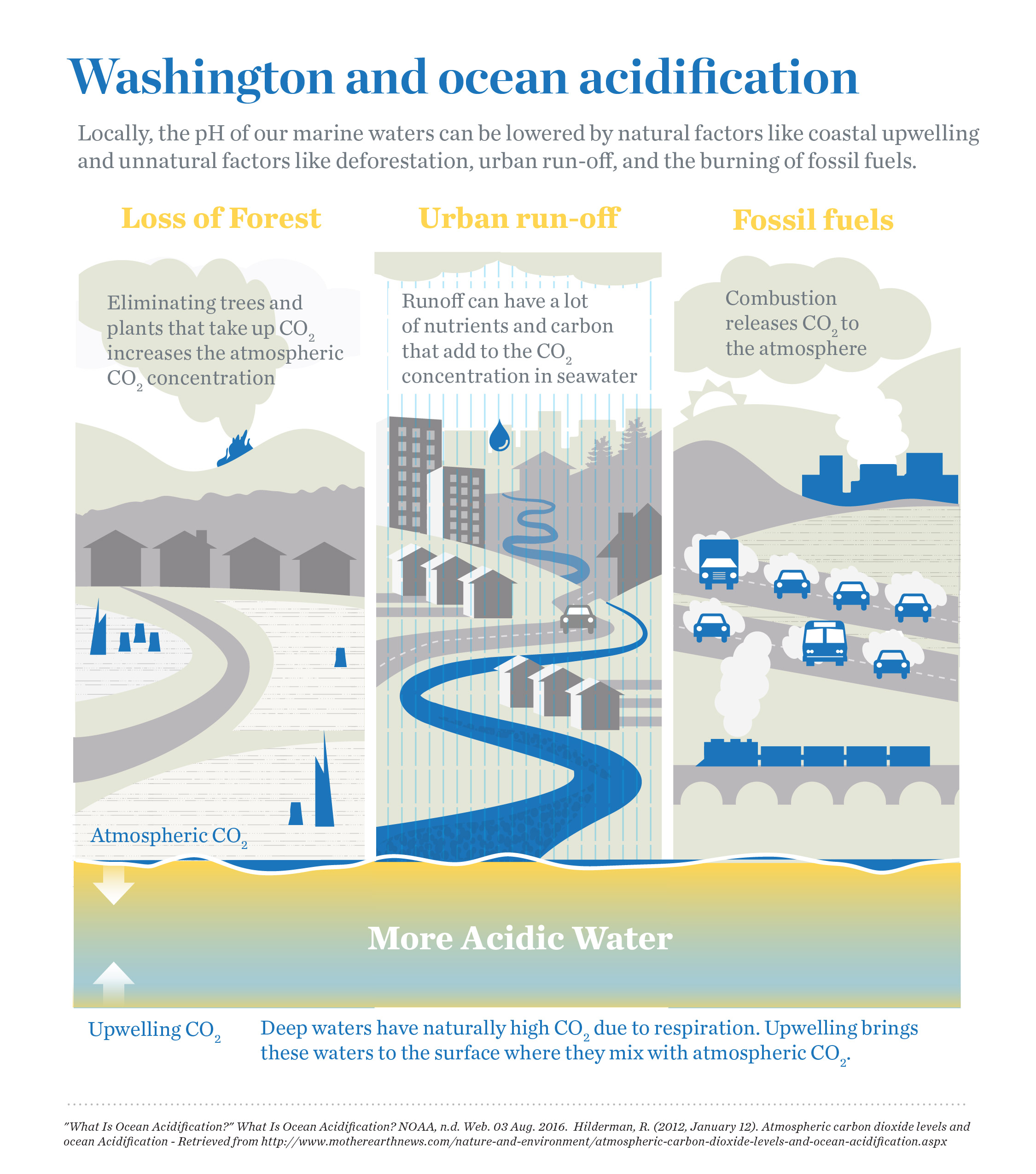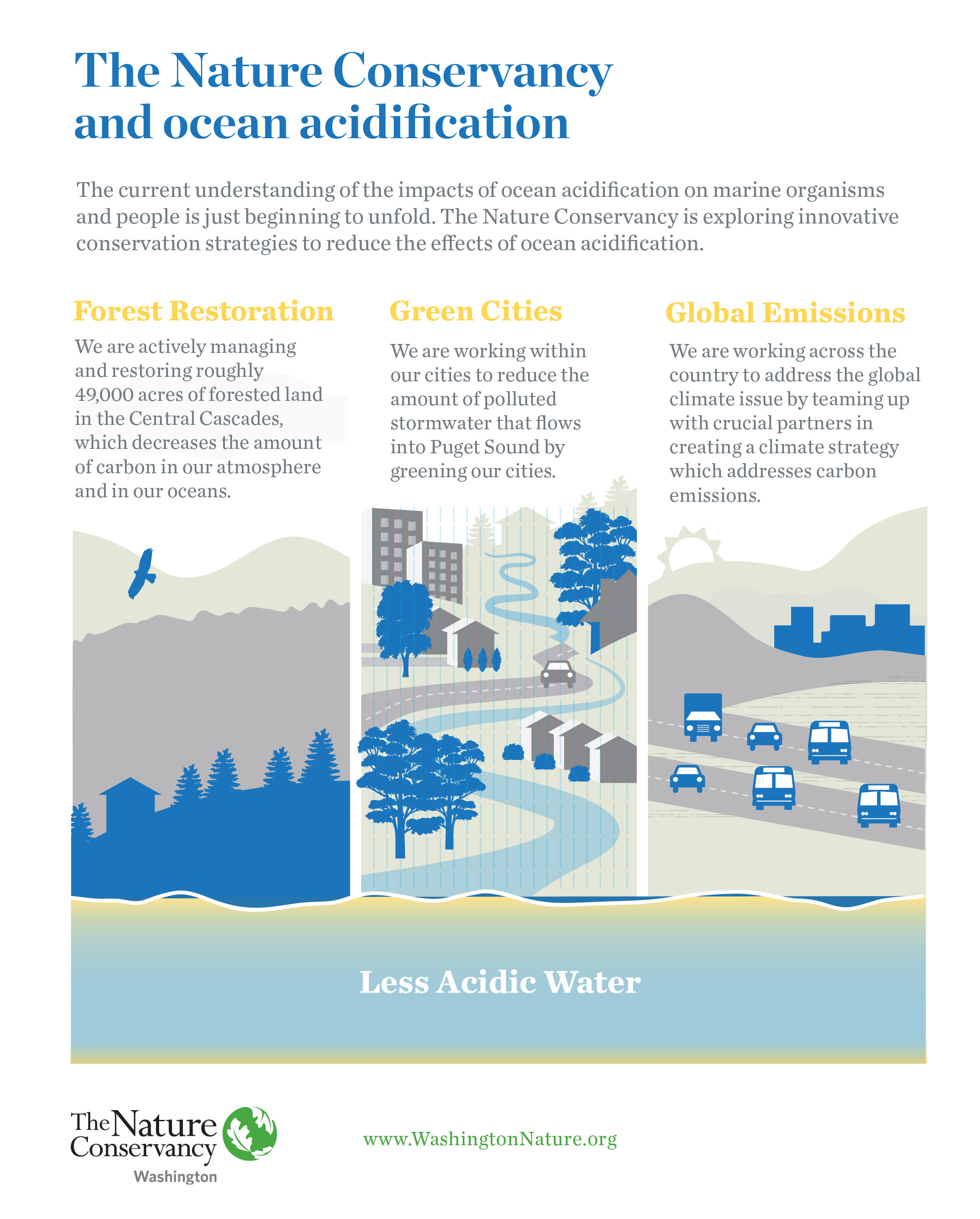Oyster farming not only provides jobs in rural communities, but oysters themselves provide habitat for marine life and improve environmental quality by filtering water. So, if native oysters were no longer headed to restaurants, could they be purchased and used for restoring coastal habitats? This question led TNC and Pew Charitable Trusts develop the Supporting Oyster Aquaculture and Restoration (SOAR) initiative to purchase native oysters from shellfish growers to support the industry during this difficult time while also supporting local restoration efforts. The goal was to purchase and transfer 5 million native oysters from farm to tidelands on the East Coast and in Washington State.
Millions of Mussels Keep Puget Sound Clean
Shellfish Growers Bring Pearls of Wisdom to Combatting Climate Change
Aw, shucks: This week, shellfish get their due
Shellfish Growers Join Action on Climate Change
Diving for Data in Nearshore Habitats
Nature on Your Table
Salmon from the Skagit River. Mushrooms gathered from the forest. A heritage turkey or pasture pork. Winter kale, acorn squash, ripe red apples and sweet golden pears.
Hungry yet?
You can set the table for a Thanksgiving feast with the yield from Washington’s farmers, fishermen, foragers and shellfish growers. This rich resource depends on nature—healthy land and air, and clean water in the right quantities at the right time.
“A teaspoon of soil has more than a billion organisms in it,” says Jack Toevs, who grows organic apples on his family farm near Quincy. “One of the big reasons I went organic was learning about the soil—it’s a living thing.” As a farmer, Toevs values clean water and healthy soil, and he works to protect the wild sagelands nearby. “Those wild lands are important as a reservoir for a diversity of flowers, of pollinators, of life.”
Bill Taylor likes oysters raw, fried, barbecued, sautéed, smoked—any way they can be prepared. He has a simple message: “You need clean water to have healthy shellfish that are safe to eat.” His great-grandfather started farming shellfish more than 120 years ago, and today Taylor Shellfish is a leading advocate for clean water and Puget Sound. “Ensuring that the rivers that flow into marine waters and the land around them are healthy is vital.”
Food producers like Taylor and Toevs, who serves on the Conservancy’s Washington Leadership Council, are vital partners as we work on innovative solutions to protect our lands and waters and assure strong resilient farms and abundant seafood. They understand the value of nature in protecting our food supply.
When a Global Issue is Felt Locally
The impacts of climate change will vary from nation to nation, state to state, and city to city. Here in Washington, climate change is expected to increase fire frequency and severity in our forested areas, temperatures will continue to rise, coastal flooding will increase, and our oceans will become more acidic. Learn more about how climate change not only affects our marine environments but also plays an significant role in our local and national economies. Explore the infographic below.
Inforgraphic created by Erica Simek Sloniker, GIS & Visual Communications
Learn more about Ocean Acidification
A Rippling Effect: Ocean Acidification & Food Webs
From people to killer whales, to salmon, to zooplankton, the impacts from ocean acidification can affect a wide variety of organisms. As our oceans become more acidic, shelled organisms like oysters, zooplankton and pteropods have difficulty forming their hard exterior shell, which can lead to a decrease in their population. When populations of shelled organisms begin to decline, food for dependent species also begin to decline. Here off the shores of Washington, the Southern Resident killer whale mainly feeds on chinook salmon, eating around 385 lbs of fish a day! Where chinook salmon feed on small sea snails known as pteropods. As pteropods have already begun to feel the affects from ocean acidification, how will dependent species like chinook salmon and killer whales respond?
Explore the infographic below to see how ocean acidification affects other marine species throughout the food web.
Oyster Love: All the Ways They Benefit Us
Created by Erica Simek Sloniker, Visual Communications
Oysters are filter feeders. An adult oyster can filter 25 gallons or more of water per day in search of food. In doing so, they filter algae from the water, reducing nutrient loads and keep bay water clear so that eelgrass and other marine life can thrive.
More oysters equal cleaner water for everyone. Fewer oysters means our bays and estuaries are worse off. And if water is too polluted, the oysters living in it can be poisonous for us eat.
The Conservancy, shellfish growers, and other partners like the Puget Sound Restoration Fund and Washington Department of Fish and Wildlife are working to restore wild, native oysters in the bays of Puget Sound.
LEARN HOW WE PROTECT OUR OYSTERS
When Conservation Pays - Dabob Bay Clean up
Seeing the benefits of volunteering clean up at Dabob Bay
Written & Photographed by Cailin Mackenzie, GLOBE Intern
What four-generation family owned business could possibly survive market upheavals, fluctuating production, and a world war? The Rock Point Oyster Co. has been cultivating oysters in Washington since 1922. In 1943, founder E.N. Steele purchased 200 acres in one of Puget Sound’s largest and healthiest salt marsh estuaries – Dabob Bay.
The Nature Conservancy has partnered with the Rock Point Oyster Co. for three decades to conserve Dabob Bay’s irreplaceable habitat on which orcas, salmon, forage fish, shellfish, and shorebirds depend. Steele’s grandson David (pictured in photos 6 & 7) has vastly increased production in recent years with water quality monitoring and other environmental investments that safeguard Rock Point’s sustainability. Last week, a group of intrepid volunteers headed to Long Spit, one of our protected areas, and monitored conditions, collected trash, removed invasive plants, and learned about Steele’s strategies to make oyster production and Dabob restoration symbiotic.
For shellfish farmers, the ramifications of climate change are felt where it really hurts – the bank. David Steele taught us how young oysters (which look like quinoa!) cannot tolerate low pH and are dying off with increasing marine acidification. Algal blooms, one of the worst consequences of acidification, can be significantly reduced by healthy shellfish populations. Despite their sand-grain size, oyster larvae can consume an incredible amount of algae. Learning about Steele’s operation grounded our volunteer event with an appreciation of Dabob Bay’s ability to nurture abundant life, both human and wild.
After the oyster lesson, our group took a barge to Long Spit, a gorgeous peninsula of beach created by Dabob Bay’s unique hydrologic cycles. The spit has suffered from Scotch Broom invasion for years, so we focused on weeding out broom and other invasives. We also hauled out ten garbage bags filled with everything from plastic bottles to an abandoned tire.
We are dedicated to maintaining innovative collaboration with partners like the Steele family to continue informed stewardship, and could not make our positive impact without our committed volunteers!
PUGET SOUND RESTORATION GETS A BOOST FROM USDA
Local farms, shellfish, salmon and clean water will benefit
SEATTLE: Farms, shellfish, salmon and water quality in the Puget Sound Region will get a $9 million boost from a new federal conservation program included in the 2014 Farm Bill.
Awards come through the Regional Conservation Partnership Program (RCPP), a new program administered by the U.S. Department of Agriculture through the Natural Resources Conservation Service.
“This is a big win for local people who are working together to maintain local sources of food, clean water and our quality of life,” said Mark Clark, Director of the Washington State Conservation Commission, which will manage funding for the Puget Sound project.
Governor Inslee included $4 million in his proposed budget for the non-federal matching funds required by the grant. It’s up to state lawmakers to approve the matching funds as part of the 2015-2017 biennial budget, which is under consideration during the 2015 Legislative session underway now.
Early-action projects in the Puget Sound region are:
- Farmers in Thomas Creek, a sub basin of the Samish River, will be eligible for voluntary incentives to reduce runoff that impacts shellfish beds. There is also $500K for a farmland protection project along the Samish River (Skagit Conservation District).
- Farmers in the Snohomish and Skykomish river valleys will receive assistance to manage nutrients and restore riverfront land, as part of Snohomish County’s Sustainable Lands Strategy. (Snohomish Conservation District)
- Dairy, livestock and crop farmers along Newaukum Creek, in King County’s largest agricultural production district, will be eligible for voluntary incentives to plant vegetation and install fencing to keep livestock out of the creek. (American Farmland Trust)
“This new program furthers the broad-based work that we need to engage in for Puget Sound recovery,” said Martha Kongsgaard, chair of the Puget Sound Partnership Leadership Council. “Thanks to our congressional delegation, particularly Sen. Patty Murray and Rep. Suzan DelBene, for their leadership in securing this new funding source for Puget Sound. We also greatly appreciate the opportunity to work with NRCS as they bring these new resources that will strengthen the collaborative restoration and protection efforts around Puget Sound.”
“The Tulalip Tribes, as part of the Sustainable Lands Strategy, was delighted to hear that we have been included in the RCPP funding,” said Terry Williams, Tulalip Tribes Treaty Office. “Building partnerships between farms, fish, and environment has proven to be a game changer here in Snohomish County. Working together to understand the problems we are all facing has helped us find mutual solutions.”
“We all have a stake in a healthy Puget Sound, clean water, and thriving local farms and other food producers,” said Heidi Eisenhour, Pacific Northwest Regional Director of American Farmland Trust
“This is significant recognition and support for locally-led conservation efforts, and a testimony to the power of the diverse coalition of farm, shellfish, tribal and conservation interests that has come together to support this effort,” said George Boggs, of the Puget Sound Natural Resources Alliance. “Thanks to The Nature Conservancy for its leadership in bringing this coalition together to advocate for this program.”
The Puget Sound Natural Resources Alliance will serve as the advisory committee for this project. The Alliance is a collaboration of agriculture, aquaculture, business, conservation groups and tribes working together to protect the lands and waters of Puget Sound and strengthen the long term viability of our natural resource industries and tribal treaty rights. The Nature Conservancy is a member of the Alliance and will also serve on the steering committee.
“In Washington state, we know how critical it is to protect our natural resources, not only for the environment, but also for our economy,” said Senator Murray, D-WA. “This funding from the Regional Conservation Partnership Program will support local farmers and build on the great work being done to restore the Puget Sound region, grow the economy, and create jobs.“
“I’m thrilled that this proposal was awarded. The Regional Conservation Partnership Program was made possible through the Farm Bill, and I am pleased to work with such a great coalition of partners to support this proposal,” Rep. Suzan DelBene (D-WA-01) said. “The project will help improve water quality and habitat for many species, as well as the overall ecosystem, while preserving the beautiful nature of the Pacific Northwest.”
RCPP is a public-private partnership designed to focus conservation efforts on the most critical watersheds and landscapes. Under the program, local partners propose conservation projects specific to their region to improve soil health, water quality and water use efficiency, wildlife habitat and other natural resources on private lands.
Contact information
Robin Stanton
Media Relations - The Nature Conservancy
(206) 436-6274
rstanton@tnc.org












